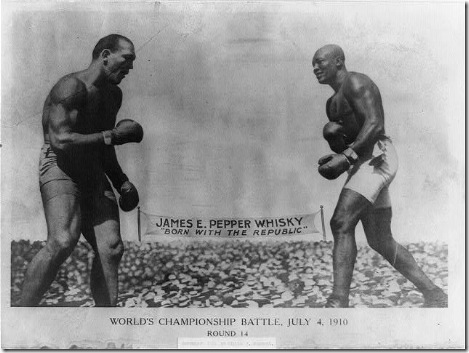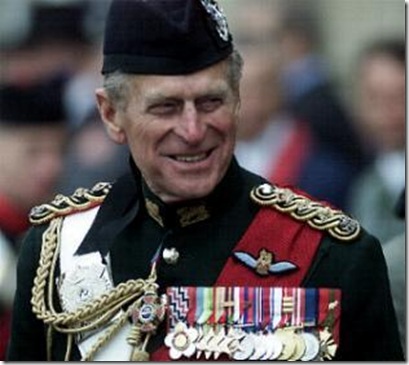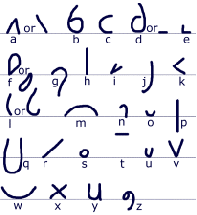Here I hope to offer up some of my personal experiences of journalism that could help those considering disembarking society and becoming a career hack. First I review my training with News Associates.
Enough is enough. I’ve been completely side tracked. I set this blog up in the first place with the interests of journalism at heart. Specifically to give a firsthand account of the travails experienced in pursuing a career as a trainee in the media. Upstart Liverpool and Man City supporters respectively and of late David Beckham’s Achilles have distracted my attention. So back to the subject at hand…
I tumbled out of university back in 2008, a history graduate, with the big, bad world sprawled out ahead of me. My dissertation studying the portrayal of the first black heavyweight boxing champion, Jack Johnson (please refrain from picturing the beach-bum surfing, acoustic guitar strumming Hawaiian) in the black and white newspapers of twentieth century America turned my attention toward the role media has to play, both for sport, society and primarily for my career.
I perhaps did not take full advantage of the array of opportunities provided at a well run student union. (See Stewart Maclean’s route to The Mirror and a nomination for the British Press Awards Young Journalist of the Year.) I dabbled in reporting for the paper, covering boxing and football events. Yet there is so much more scope for experience at this level and one should take every chance to practise a bit of feature writing, interviewing, sub-editing, broadcast and radio journalism as possible. Even try to take a year abroad and dabble in foreign forms of media if you are ultra keen and focused. This doesn’t mean you can’t enjoy the finer things in life along the way. Think Gonzo journalism in Fear and Loathing. Anyway, I didn’t grasp every opportunity. We live and learn.
So in early 2009 I enrolled on the News Associates journalism course. Acceptance on the course is fairly liberal but I did attend a one day taster workshop. Here they ask you to sit a short current affairs test to prove you aren’t brain dead (example: Who is that horrible racist man always in the news? It’s a trick question. They want you to answer Nick Griffin even though we all know the real answer is Prince Philip.) There was also a writing exercise requiring you to show you can cut down on waffle and trim a short article into a shorter article (basically just delete anywhere it says ‘that’ and don’t follow my lead on this blog).
The course is National Council for the Training of Journalism (NCTJ) accredited and ideal for developing the practical elements essential for a hard-nosed, hungry local newspaper reporter. But herein lies the key word: local. If council meetings and disgruntled neighbourhood watch residents are your thing, and you don’t mind your local celebrity being a ninety year old organ player then this course and above all the public affairs (PA) module will be right up your partially obstructed ginnel (that’s an alleyway in the quaint Yorkshire dialect! Who knew?).
Regardless of this caveat, the skills learnt with News Associates are quintessential for a long and successful career in the industry, at all levels from local to national, so don’t stop reading just yet.
- News Associates
- NCTJ accredited pre-entry journalism certificate
- Wimbledon or Manchester centre
- News writing | Media law | Public Affairs | Shorthand
- 20 weeks fast track | 40 weeks part time
- £3,150 – £3,500
As for PA, tedious is not even the word but it is useful, just painstakingly so. The news writing module gears you up for all the local community-centric predicaments you could get yourself into but the exam is an absolute bitch! On average only half the class passes this first time, something they conveniently chose not to divulge until you’ve handed over the cheque. Always remember to read the small print.
By contrast, the fundamental learning offered on this course is shorthand, learnt in teeline with a target of 100 words per minute, and media law. Get your head around the Sexual Offences Act, 2003, defamation and contempt of court and you’re halfway to being hired by lawyer-loathing editors up and down the country. Another essential item to walk away with is a shiny, sparkling folder containing all the fruits of your labour, emblazoned with that pride-inspiring four syllable word: PORTFOLIO.
As News Ass’ managing editor James Toney says: “It’s difficult to get a foot in the newsroom without qualifications, it’s impossible without a portfolio.” Another memorable adage to live by is coined by head of journalism Andrew Moorhouse: “The future might be digital but teeline is around to stay.”
I’ll give you a further insight into how I went about accumulating this work of art on my placements in part duo shortly but firstly a couple of further things to remember about this course.
It will cost ya. Roughly £3,500 to be precise, although there seems to be an early payment discount available these days at £3,150. Why didn’t I have that option!?! And there are two locations, two timescales of study and two intakes a year I believe. They like to do things by halves. The centres are in Wimbledon SW19 London of Henman Hill and Murray’s Mound fame or in Manchester centre. I attended the centre up in Manc but there was a catchment area as far reaching as Leeds for me and the Wirral in Liverpool if you can stand the commute.
This commute was just about digestible as I chose to take the course in small bite-sized, part-time chunks. That’s 40 weeks, a full Saturday and Monday night per week with a six-week break in the middle culminating in a set of exams at the end of each term. I started in January 2009 and graduated (woohoo!) in November. The alternative is a 20 week fast track, full-time, full-paced, frenetic dose of journalism straight up with no mixer. A day out of the five is devoted to placements which help no end with the aforementioned portfolio.
Friends who have taken this full-time hit survived, just. You need to have the funds and energy to deal but they also said the intensity helped get their head’s around shorthand and peaking with the 100wpm. Those on my course on the other hand found it difficult to maintain speed and this seems to be the biggest dividing point between the two options. Both courses supposedly offer sub-editing and sports writing modules although I am yet to receive my training…suggesting potential organisational teething problems.
 Lastly, a further bonus of the Wimbledon office is its proximity to a fully fledged, leading sports news agency: Sportsbeat. Located directly under News Ass to be exact on the first floor. Don’t let the grimaces on their faces fool you, they are always happy to take on students for the one day a week placement; posting you out to far flung theatres of football such as AFC Wimbledon’s Kingsmeadow among others.
Lastly, a further bonus of the Wimbledon office is its proximity to a fully fledged, leading sports news agency: Sportsbeat. Located directly under News Ass to be exact on the first floor. Don’t let the grimaces on their faces fool you, they are always happy to take on students for the one day a week placement; posting you out to far flung theatres of football such as AFC Wimbledon’s Kingsmeadow among others.
Ultimately it is the tutors who truly sold this course to me. They are utterly invested in your training and have a great wealth of personal experience to bring to the table; be it when they were flogging up and down the M1 to do through the night subbing shifts in an empty newsroom or when they were going toe-to-toe in an interview with their sporting hero or the latest corrupt politician. They are always available for assistance, whether for the course itself or for personal assistance. They understand the difficulties we are facing post-uni, pre-employment better than anyone.
Now if any aspiring journalists happened to stumble upon this nugget of insider information and find a morsel of use within, then please don’t hesitate to get in touch with any further questions. Hey, that’s what the comment box is for after all, not just to slate me and hurl obscenities please!
Latest comments